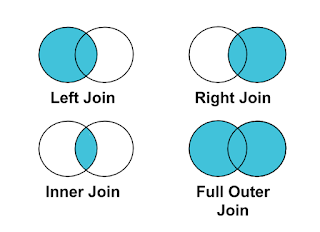New KPI Card Visual in Power BI
A new card with the recent update Power BI has released this visual. This is one of the most awaited visuals by users. Let's take a glimpse of what this new card looks like.
Doesn't it look good? In old cards, it is always been a struggle to add an image and sparkline. With the new cards, you can do it just with a click. And the best part is it acts as a single visual so loading time is improved. There are cases where we want to visualize multiple cards and it should be part of a single text box or card.
Let's check how to do it? The first step is to create the base measures- Furniture Sales, Office Supplies, and Technology Sales. How to write the DAX using filters? If you aren't familiar with writing DAX do visit our blog. Put all the measures in 3 different cards and fix the alignment. Now we will be introducing a text box with the background if needed.
Alignment needs to be fixed. Once your alignment is fixed select the text box go to format under send backward select send to back. Whoaaaa!! you can do this with every card available in Power BI. But this can be really cluttering your page if you are showing 5-6 cards like this. And thinking about the load time this approach will affect the load time of your visuals heavily.
With the new cards, you don't need to worry about the load time and the alignment. Let's build the same visual with a new card visual. You can find the new card in your visual pane.
Just drag and drop the measures one by one. First thing you do not need to worry about changing the alignment of every card one by one. You can format a particular card or you can format all the cards in the same way. As a BI developer, it's a great relief to get the functionality to format a specific card differently.
Let's review some of the formatting options the new card offers. You can play around with the shapes I personally like the Snipped Tab where you can adjust the top and bottom separately. Another good aspect is in the new card you can assign a value when the call-out value is blank which wasn't the case earlier. In older cards, we used to add 0 to the measure.
The most talked about the feature it offers is adding images to your card. Yes, you heard it right new card visuals provide an option to add an image via image URL or from images in your system. I have downloaded a few images.
You can select the image fit and where you want to place it on your card. You can do the same with image URLs just place the link and it works wonders. The last or should I call it cherry on the cake? Adding accent bars on the card. Yes, it is now possible to add it.
Under formatting you can find accent bars and enable it. You can change the position of the bars I prefer to keep it on top and the color of my bars is black. You can assign different colors to different cards. Can be a good option if you want to show a specific category.
That's all from this week. I personally like the new card visual a lot and use it heavily in my dashboards.
Thanks for Reading Let's connect on LinkedIn. For more such blogs and pro tips do follow us







Comments
Post a Comment